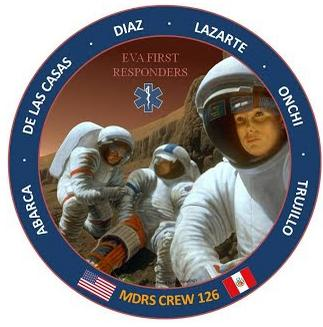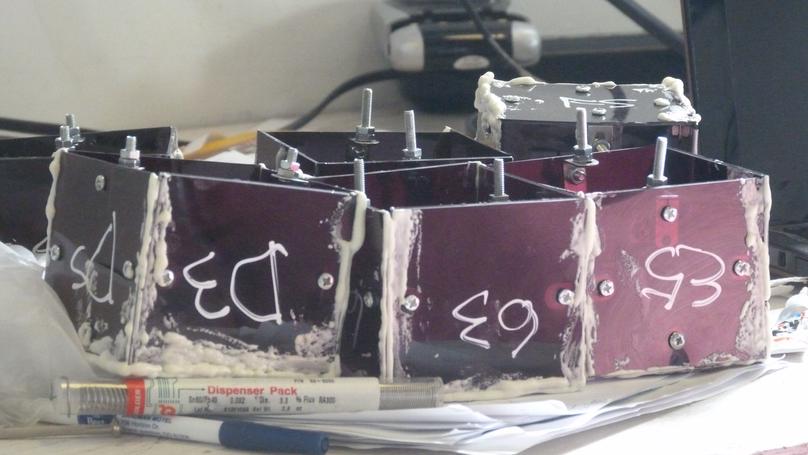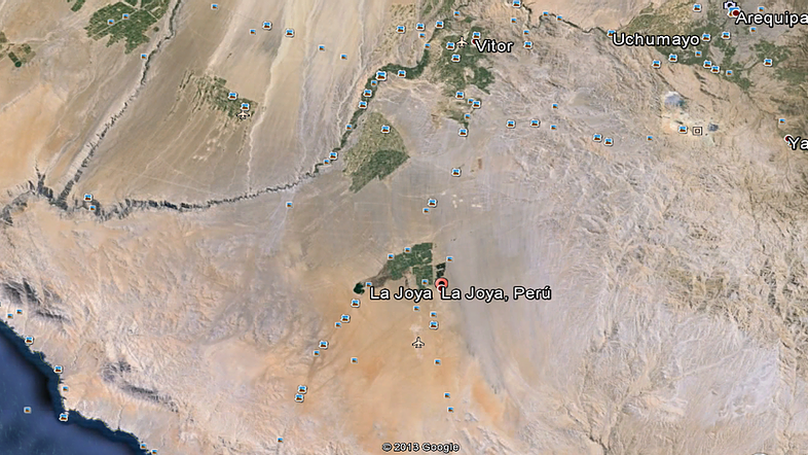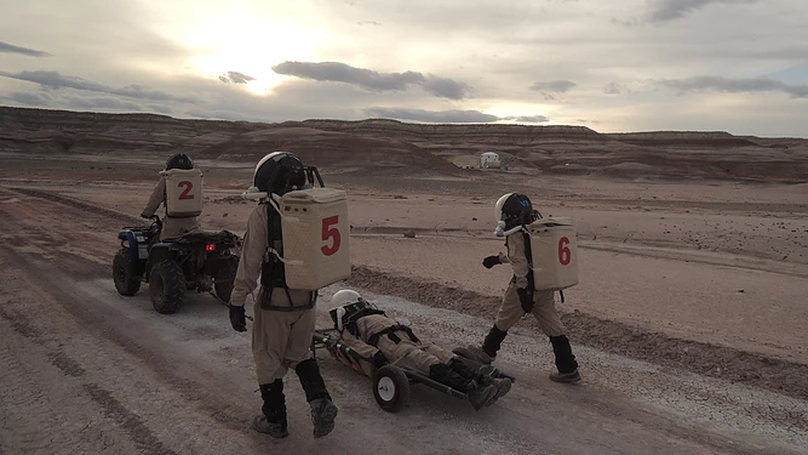MDRS - Crew 126

Photo Album
Mission Goals
“Future NASA planetary exploration will call for extended human presence in space, with long term missions to the Moon, Mars, and/or asteroids. This human presence in extra-terrestrial locations will require use of planetary surface Extra-Vehicular Activities (EVAs), which will involve inherently dangerous operations that can put crew safety at risk. One need only peruse proposed EVA operations for future planetary surface missions to understand the risks astronauts will be exposed to. These EVAs will include activities such as base construction, base operation and maintenance, emergency and safety procedures, planetary surface exploration, planetary surface science, robotic operation and maintenance, and in-situ resource utilization (ISRU) operations. In cases where EVA crewmembers are faced with medical emergencies, they will have to be expeditiously transported back to a pressurized habitat, undergo the repressurization cycle to enter the habitat, and have the spacesuit removed to initiate emergency treatment. To this end, one of the main goals of MDRS Crew 126 will be to assess EVA emergency rescue equipment and procedures, focusing on transportation operations using various configurations of wheeled stretcher concepts.
Another mission goal, equally important for EVA rescue operations, is to assess the effectiveness of a modular system for early data acquisition and personnel positioning on a Mars-like environment. This project is called the Data Acquisition Module (DAM) study. DAM provides a method to acquire weather data and determine the exact position of crewmembers on a planetary surface. A GPS system is ideal for positioning, but it will take time to develop and deploy an operational system on another planet. The focus of this study is to provide a fast, inexpensive and portable system of positioning and weather acquisition by using a modular structure to share and fetch data, ideal for early planetary surface expeditions.”





